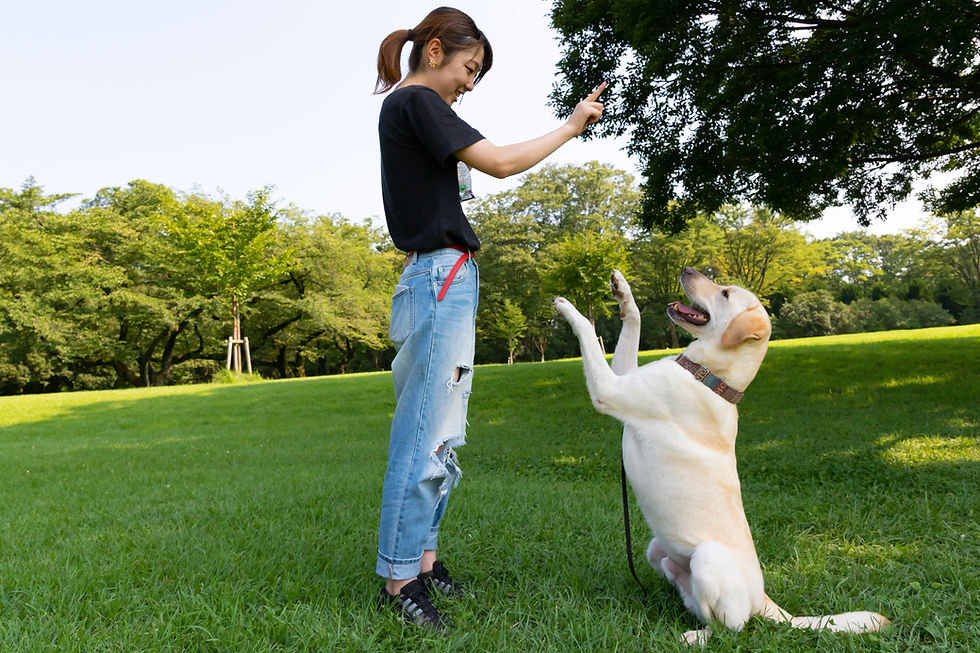How To Properly Train Pets
- freemefromshelter
- Feb 19
- 1 min read
Updated: Mar 5



Understanding Affection in Different Forms:
Pets are beloved companions that bring joy, comfort, and unconditional love into our lives. Whether it's a playful dog wagging its tail or a cat curling up on a cozy chair, animals have unique ways of expressing their feelings. While many pet owners aim to train their pets to be well-behaved, it is essential to recognize that not all pets understand affection or discipline in the same way. Scolding a pet, especially when done improperly, can harm the bond between owner and animal, leading to fear, confusion, and misunderstanding. Understanding that animals show affection in different ways is key to fostering a positive and trusting relationship with our pets.
The Nature of Animal Communication:
One of the main reasons people should avoid scolding their pets is the difference in how animals communicate. Unlike humans, animals do not have the same ability to express themselves using words, which means they rely on body language, sounds, and behavior to convey emotions. Dogs, for example, may wag their tails to show happiness or excitement, while cats may rub their faces on their owners as a sign of affection. A dog that suddenly jumps up on a person or chews on furniture may not be misbehaving out of spite but may instead be acting out of boredom or excitement. Scolding an animal without understanding the motivation behind its behavior can be detrimental to its emotional well-being.




Comments